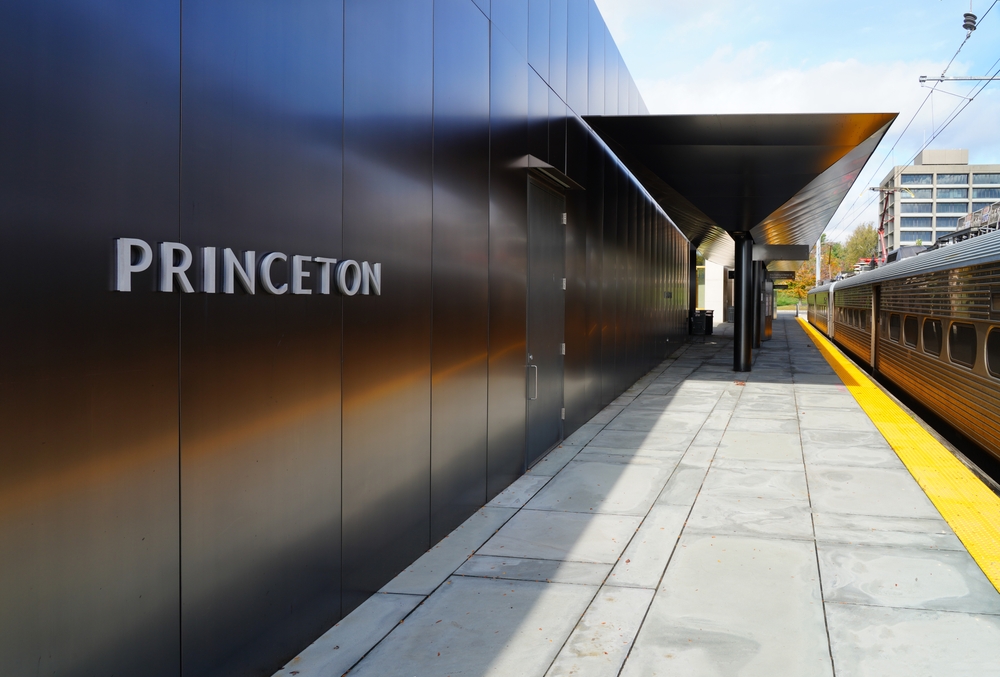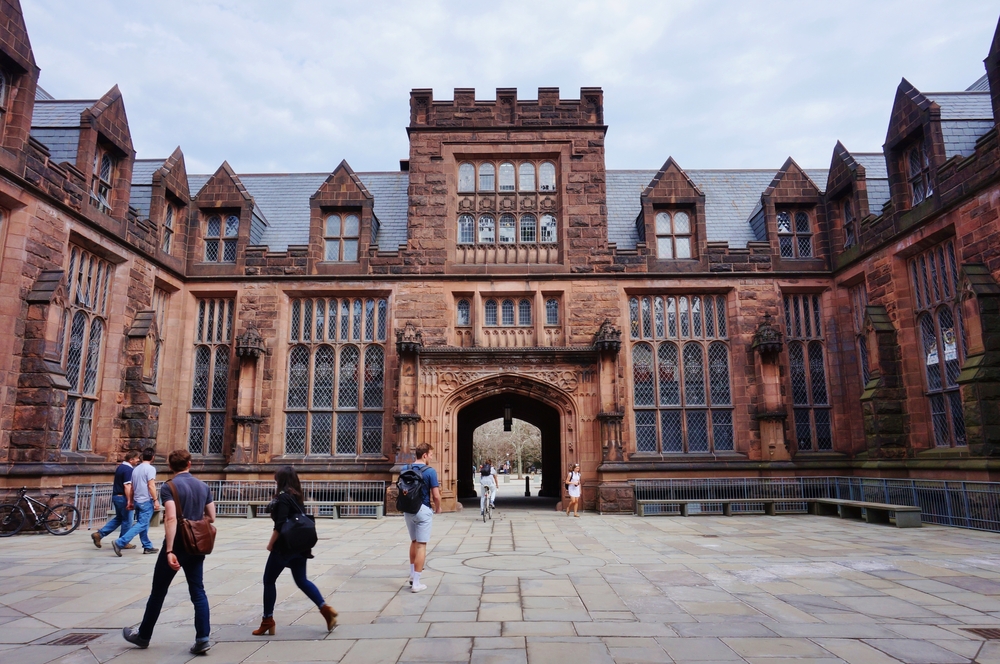Your cart is currently empty!
Princeton Eliminates Tuition For Students From Families Earning Less Than $250,000 A Year

For many aspiring students, the dream of attending an elite university ends long before an application is submitted. The cost alone—often reaching well into six figures—can feel like an insurmountable barrier, especially for families already balancing daily financial pressures. The result is a loss not just for the individual, but for society, as talent and potential remain untapped.
Princeton University is working to change that equation. With its latest expansion of financial aid, the institution is reshaping the landscape of access to higher education. This is not a symbolic gesture; it is a structural commitment aimed at ensuring that a student’s ability to contribute, learn, and lead is not dictated by family income.

Princeton’s Bold Expansion in Financial Aid
Princeton University has taken another decisive step toward making higher education more accessible. This year, the institution announced significant enhancements to its financial aid program, extending full coverage of tuition, housing, meals, books, and personal expenses to most families earning up to $150,000 annually. For those with household incomes up to $250,000, tuition will be entirely covered. Even families earning beyond $350,000 may qualify for grant aid, particularly when multiple children are enrolled in college.
The impact of this policy shift is already visible. The Class of 2029 includes the largest percentage of Pell Grant–eligible students in Princeton’s history—about 25%, up from 21.7% last year. Two-thirds of undergraduates are expected to receive some form of aid this academic year, with the average package valued at more than $80,000.
Since 2001, Princeton has been a leader in affordability initiatives, becoming the first U.S. university to eliminate loans from financial aid packages. Instead, it meets 100% of demonstrated need with grants, allowing students to graduate debt-free. Provost Jennifer Rexford summarized the intent behind this year’s expansion: “Through our increased investment in financial aid, we are making the transformative experience of a Princeton education more affordable for more students than ever.”

The Changing Face of Princeton’s Student Body
The Class of 2029 reflects a growing diversity of backgrounds, experiences, and perspectives. Students come from 47 states, Washington, D.C., and U.S. territories including Puerto Rico, Guam, the Northern Mariana Islands, and the U.S. Virgin Islands. Internationally, the class draws from 65 countries, among them Bolivia, Kenya, New Zealand, India, and South Korea.
Within the incoming cohort, 16.7% are first-generation college students, an encouraging sign for advocates of higher education access. At the same time, 12.4% are children of alumni, reflecting Princeton’s long-standing intergenerational connections.
Academic interests vary, with 65.7% of students intending to pursue a Bachelor of Arts, 27.3% indicating interest in a Bachelor of Science in Engineering, and the remainder undecided.
Ethnic representation shows both continuity and change. Asian American students represent 27.1% of the U.S. citizen and permanent resident population in the class, up from 23.8% last year. Hispanic or Latino students hold steady at 9.2%, and multiracial students at 7.7%. Black or African American students comprise 5% of the class, down from 8.9% the previous year. The share of students choosing not to identify their race has grown to 8.2%, aligning with a national trend following the Supreme Court’s 2023 decision restricting the consideration of race in admissions.

Transfer Students and Nontraditional Pathways
This year’s incoming class also includes 32 transfer students, whose varied experiences add depth to the campus community. Notably, 22 are U.S. military veterans, with service backgrounds in the Air Force, Army, Marines, and Navy. Their transition from military service to academic life underscores the university’s commitment to recognizing leadership and resilience developed outside traditional classrooms.
Several transfers arrive from community colleges, including Essex County College, Ocean County College, and Rowan College at Burlington County in New Jersey; Hudson Valley Community College in New York; and Coastline College in California. These pathways highlight how local, more affordable institutions can serve as important launchpads to elite higher education when adequate support systems are in place.
By welcoming students from such diverse educational routes, Princeton affirms that potential is not confined to a single academic journey. The presence of veterans, community college graduates, and other nontraditional students enriches the university’s academic and social environment.
The Enduring Impact of Princeton’s Financial Aid Model
Princeton’s financial aid philosophy is the product of sustained effort rather than a short-term initiative. In 2001, the university became the first in the United States to eliminate loans from aid packages, a decision that continues to influence higher education policy discussions nationwide. By replacing loans with grants, the institution ensures that students graduate without debt, a factor that can significantly expand their post-graduation choices.
Funding for these programs is robust, with nearly 70% of the undergraduate financial aid budget coming from endowment payouts specifically designated for student support. The generosity of alumni and other donors has allowed Princeton to consistently expand aid without compromising academic quality.
The implications extend beyond Princeton’s campus. Graduates are free to pursue careers in fields such as public service, the arts, and scientific research without the financial pressure of student loan repayment. This flexibility benefits not only the individuals involved but also the broader communities and industries they go on to serve. The model also serves as a challenge to other institutions, demonstrating that academic excellence and broad access can coexist when backed by a long-term commitment.
Call to Action – Rethinking What’s Possible
Princeton’s expanded financial aid program illustrates what can happen when an institution fully commits to removing economic barriers. For students in the Class of 2029, this means the opportunity to focus on learning, growth, and contribution—rather than on how to pay for their education.
The example set by Princeton is one that other universities, policymakers, and communities can learn from. It shows that access to quality education is not merely a charitable act but an investment in collective progress. The strategies are clear: sustained funding, intentional policy design, and the conviction that financial status should not determine educational opportunity.
For individuals outside academia, this shift is also a reminder that change often begins with local action. Whether through mentorship, advocacy for equitable school funding, or support for scholarship programs, there are ways to contribute to a culture where talent is nurtured regardless of economic background.
Princeton’s approach invites a reimagining of what higher education can be: a space where ability, curiosity, and dedication define opportunity. It is a call for institutions and individuals alike to recognize that the removal of barriers does more than open doors—it transforms lives and strengthens the fabric of society.
